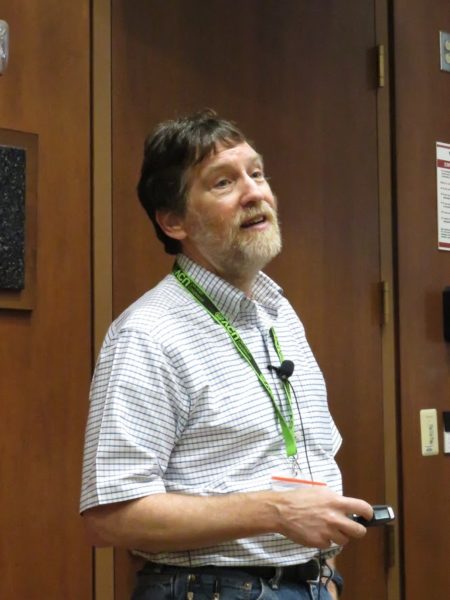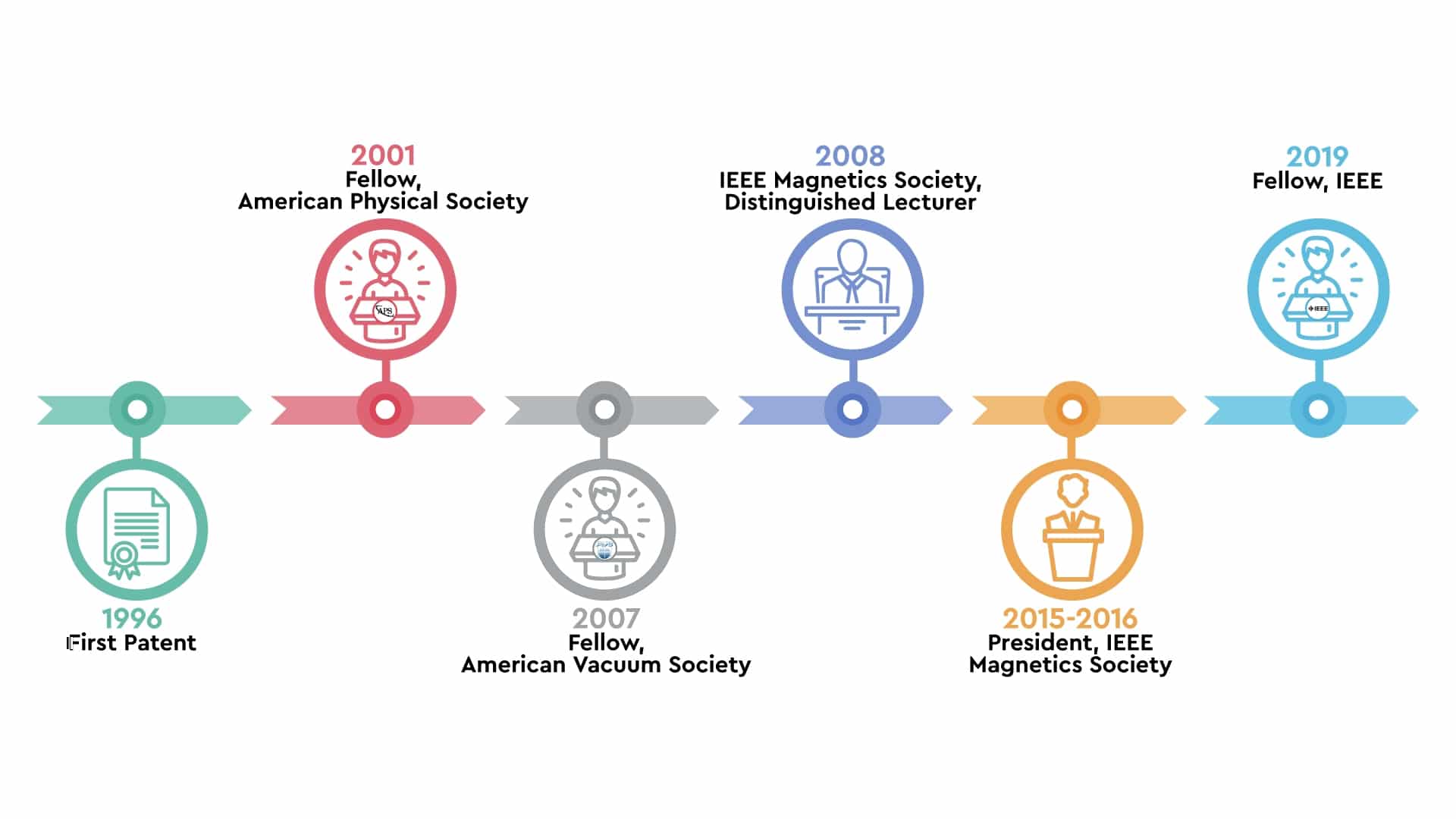As every aspect of our lives becomes more data-enabled and data-driven, we sometimes forget that behind these new possibilities are scientists, engineers and inventors. At the heart of our own research and development are scientists and engineers leading the forefront of physics, material science, fabrication and memory technologies. They are not only enabling new possibilities for data infrastructure, they are also advancing the fundamental understanding of our physical world.
One such recent recognition was the naming of Dr. Bruce D. Terris, Western Digital Director of Non-volatile Memory Materials Research, as an IEEE Fellow for his contributions to high density magnetic recording and spintronic materials.

All of us at Western Digital congratulate Bruce for this one-of-a-kind and well-deserved recognition. Becoming an IEEE fellow is a recognition of sustained contributions to science and technology over a long career. This award is an acknowledgement of Bruce’s deep knowledge of magnetics and his ability to influence and grow fellow researchers. We are proud to call him one of our own.
Dr. Siva Sivaram, President, Technology and Strategy, Western Digital
IEEE Fellow
Each year, following
a rigorous evaluation procedure, the IEEE Fellow Committee recommends a select
group of recipients for elevation to IEEE Fellow. Less than 0.1% of voting
members are selected annually for this member grade elevation.
Fellow is the highest grade of IEEE membership. It is a distinction reserved for those with exceptional accomplishments. It is both a prestigious honor within the technical community and a significant career achievement shared by world-renowned technologists.
A Prestigious Achievement
Bruce’s recognition by the IEEE is a great honor, and we are extremely proud that he could realize his scientific vision within Western Digital.
The application of magnetism in data storage devices is one of the key areas of today’s innovation. Understanding and controlling the properties of magnetic nanostructures is critical for new advances in hard disk drive technology, while the new paradigm of spintronics relies on the exploration and implementation of materials that can enable new non-volatile memory and spin-logic devices.

A Career of Innovation & Scientific Contribution
Bruce received a B.S. degree in
applied physics from Columbia University and the M.S. and Ph. D. degrees in
physics from the University of Illinois at Urbana-Champaign. After receiving
his doctorate, he was a post-doctoral fellow for two years at Argonne National
Laboratory. He then began his career in 1985 by joining IBM as a Research Staff
Member working on laser printers.
Through the acquisition of the hard drive business by
Hitachi, the evolution of HGST, and ultimately, the acquisition by Western
Digital, he has worked in areas that include thin film superconductivity and
magnetism, contact electrification of insulators, atomic force microscopy (AFM), near field optical data storage, high density hard drive
media (perpendicular and bit patterned media), heat-assisted magnetic recording
(HAMR), and non-volatile memory
technologies.
Bruce has also led exceptional contributions to the
scientific community. He is an American Physical Society Fellow, has served as
an IEEE Magnetics Society officer, including president for two years and was a
2008 IEEE Magnetics Society Distinguished Lecturer. He has served as general
chair and program chair for the INTERMAG conference and has co-authored over 120
refereed publications and been issued more than 25 US patents.
The Next Big Thing in Data
If you’re looking to shape the future and define what’s
possible, come join us. Gain the freedom to solve problems your way to impact
foundational and game-changing technology.
See why the next big thing in data is you at Western Digital: https://jobs.westerndigital.com
Photograph at top: (L to R) Western Digital’s Bhagwati Prasad, Kiet Phan and Bruce Terris
